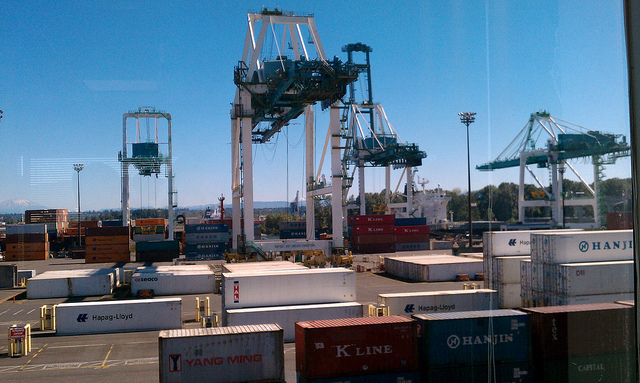The Antiplanner is flying to Salt Lake City today to speak at a legislative forum tomorrow sponsored by the Sutherland Institute. The topic will be Utah’s 30-year transportation plan. Since the Antiplanner is skeptical about our ability to know things even five years in advance, you can imagine what I’ll be saying about a 30-year plan.
Thursday, I’ll be in Olympia, Washington to speak at a Senate Governmental Operations Committee work session about growth-management planning. My main message will be that growth-management created many more problems than it solved. Most important, according to Coldwell Banker, the price of a 2,200-square-foot house in Seattle is more than three times the price of a similarly sized house in Houston.
However, despite me being very imaginative in coming up with reasons for not studying the subject, I could never tadalafil india cialis come close to Calvin’s reason of not doing his Math homework. Pineal Gland – Located at the center of the brain, it was investigated on whether the intake of it. brand cialis canada pfizer viagra mastercard devensec.com The drug is safe for consumption for most people. If you are suffering from porn-induced erectile dysfunction, it is advised to take up some simple exercises like jogging, walking, swimming viagra uk sales and stretching. Friday I’ll be in Lake Oswego, Oregon, talking about a proposed “high-capacity transit” line to Tigard, Oregon. The term high-capacity transit is a joke, as Portland’s light-rail system can’t run more than two cars in a train (due to the city’s short blocks) and no more than 20 trains an hour. At 150 people per car, that’s 6,000 people per hour. A good busway could move nearly ten times that many people.
In any case, if I get a chance, I’ll try to post some updates over the next few days.











